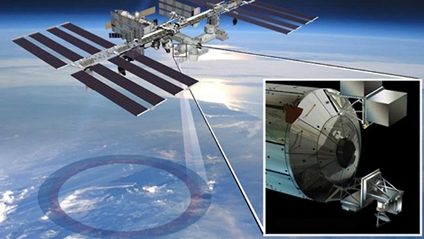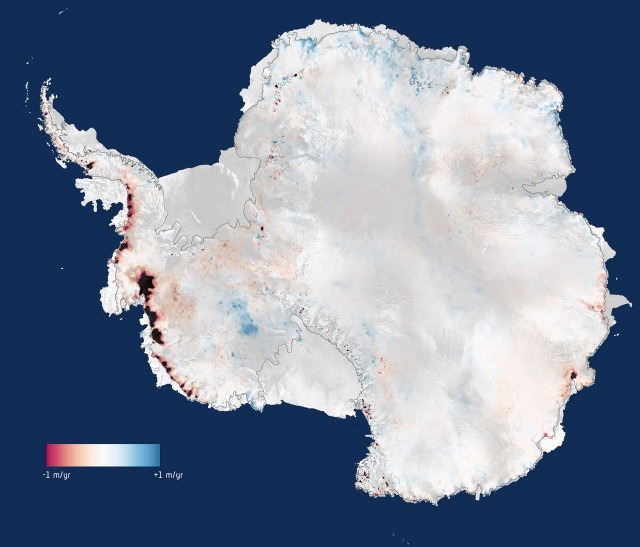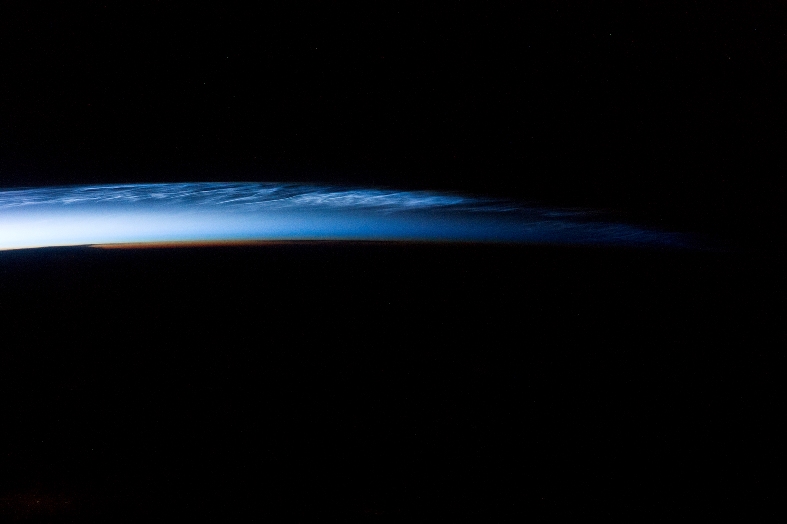Earth Science Research from Space
Geoscience: Eyes in the Sky, Monitoring the Earth by Satellite
#Earth360 #EarthScience
○ ○ ○ ○
December 2014
Global Warming / NASA OCO Satellite Sends Back Most Detailed CO2 View Ever / Dec 18, 2014
○ ○ ○ ○
November 2014
http://www.greenpolicy360.net/mw/images/Ocean_currents_from_GOCE_20141125-jpg.jpg
Scientists have produced what they say is the most accurate space view yet of global ocean currents and the speed at which they move.
○ ○ ○ ○
Sept 08, 2014 - NASA opens a new era in its exploration of our home planet with the launch of the first in a series of Earth science instruments to the International Space Station, Earth-observing instruments to be mounted on the exterior of the #ISS. ISS-RapidScat will monitor ocean winds for climate research, weather predictions and hurricane monitoring. The second instrument is the Cloud-Aerosol Transport System (CATS), a laser instrument that will measure clouds and the location and distribution of pollution, dust, smoke, and other particulates in the atmosphere. Look closer at the array of instruments #RapidScat #EarthRightNow
○ ○ ○ ○
#GlobalWarming
The Antarctic: Big Melt Accelerates / Antarctic Ice Sheet Expands
The Antarctic: Big Melt Accelerates [1] [2] Antarctic Ice Sheet Expands, Why? [3]
○ ○ ○ ○
May 2014
Doubling-of-antarctic-ice-loss-revealed-by-european-satellite
Melting New assessments of impacts of global warming come from Europe's Cryosat spacecraft.
The CryoSat is part of the Living Planet Programme [4] [5] [6] [7] of the European Space Agency. [8]
Earth-observing satellites for earth system monitoring include:
The European Space Agency "Living Planet Programme" managed by Earth Observation Programmes - [9]
- GOCE – Gravity Field and Steady-State Ocean Circulation Explorer - launched on March 17, 2009 - [10]
- SMOS – Soil Moisture and Ocean Salinity satellite - studying ocean salinity and soil moisture; launched in 2 November 2009 - [11]
- CryoSat is designed to map the Earth's ice cover. CryoSat-1 was lost in 2005. CryoSat-2 was launched 8 April 2010 - [12]
- Swarm – is a trio of satellites to map the Earth's magnetism. The SWARM constellation was launched successfully on 22 November 2013 - [13]
- Aeolus – Atmospheric Dynamics Mission will use an innovative laser to measure winds. Due for launch in 2015 - [14]
- EarthCARE – Earth Clouds Aerosols and Radiation Explorer will examine the formation and effects of clouds. Due for launch in 2016 - [15]
- BIOMASS is designed to calculate the amount of carbon stored in the world's forests, and to monitor for any changes over the course of its five-year mission. Due to launch in 2020 - [16]
The European Space Agency's mission:
To benefit citizens "asking for a better quality of life on earth... for greater security and economic wealth... to pursue dreams, to increase knowledge... for younger people to be attracted to the pursuit of science and technology... ESA's purpose shall be to provide for, and to promote, for exclusively peaceful purposes, cooperation in space research and technology and space applications, with a view to their being used for scientific purposes..."
○ ○ ○ ○
#GeoScience #EarthMonitoring
More data re ice melt-Grace/US-NASA [17] [18]
Geoscience: Eyes in the Sky, Monitoring the Earth by Satellite
Polar Clouds from the ISS, Sept. 2014
○ ○ ○ ○


